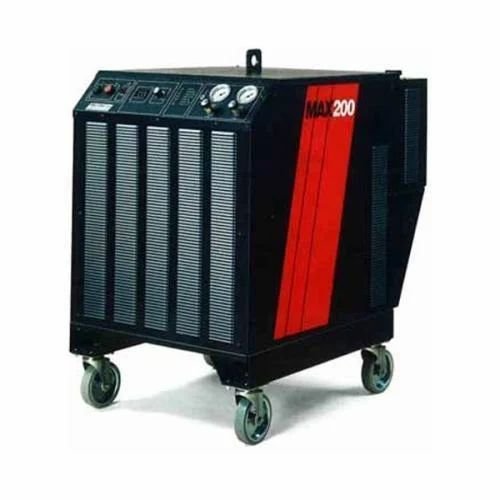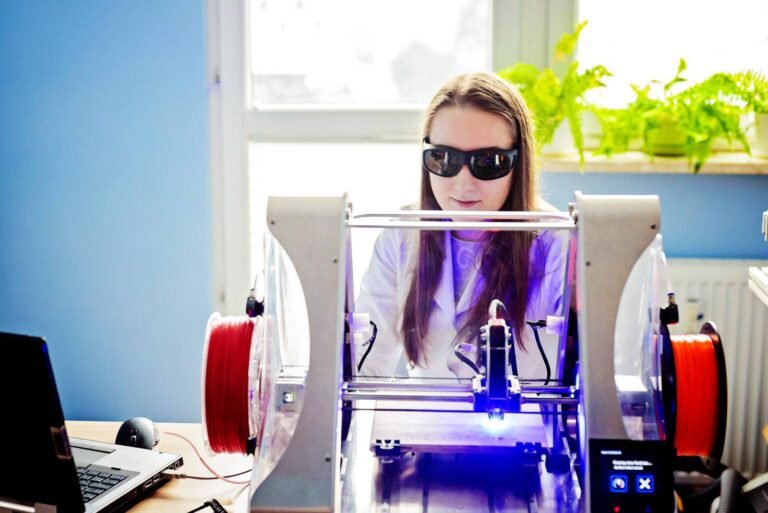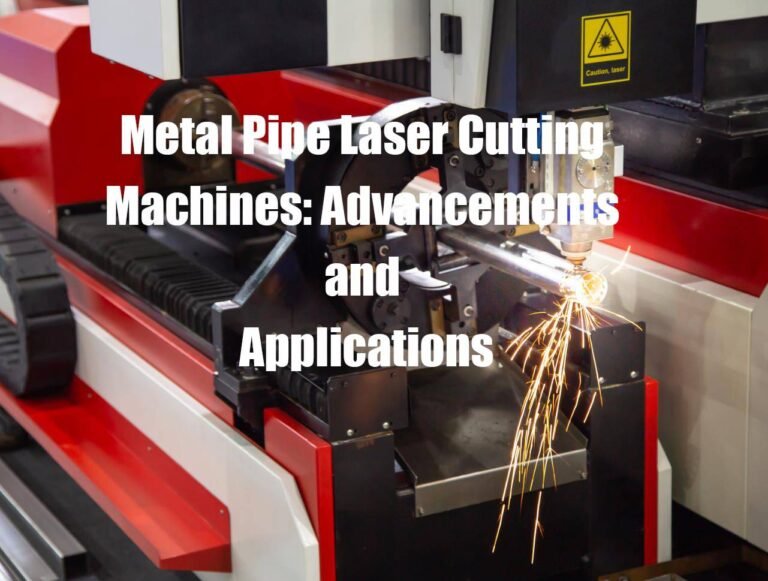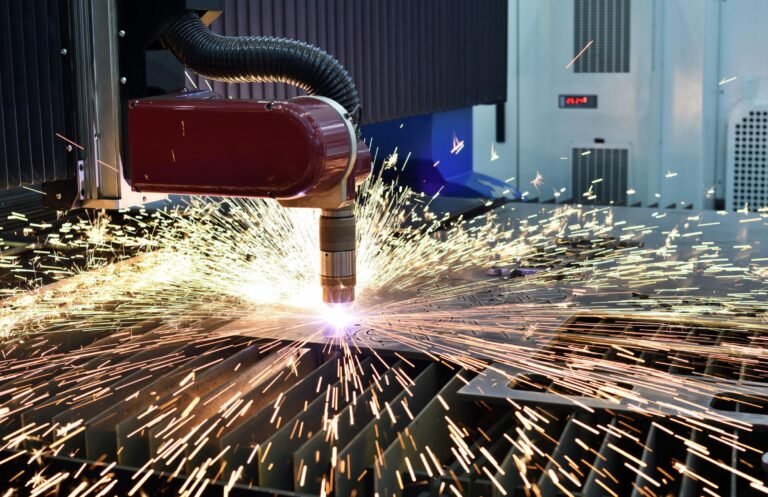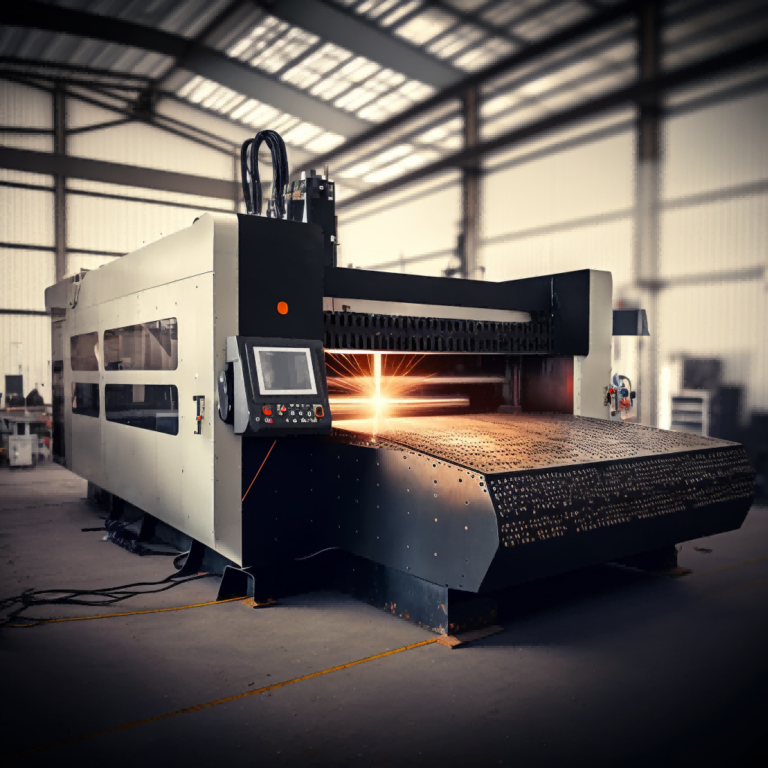How Does a Fiber Laser Marking Machine Work?
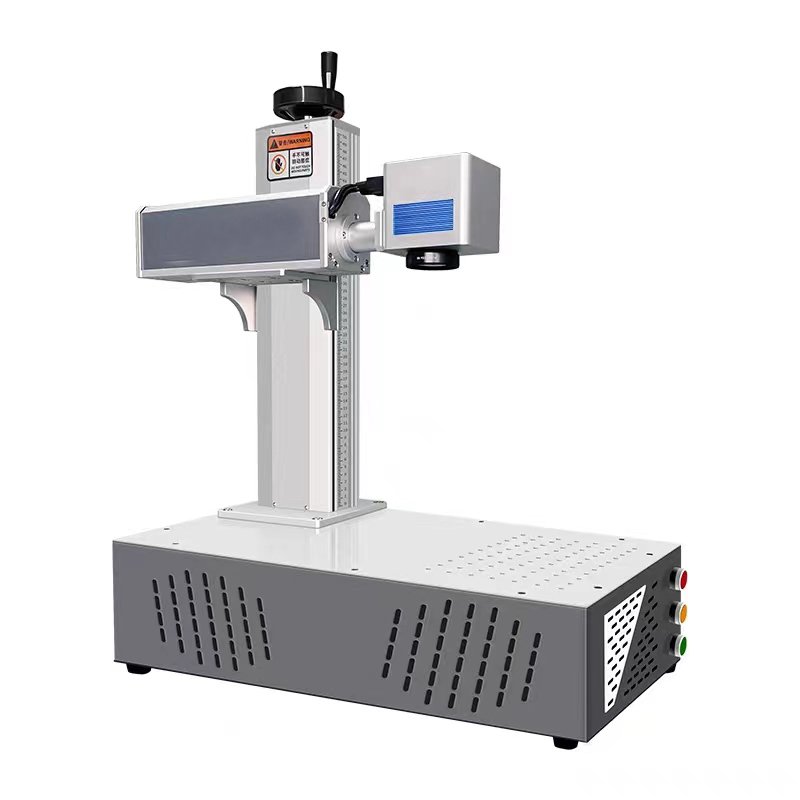
Fiber laser marking machines are an innovative and efficient method of marking a wide range of materials with high precision and accuracy. They have become increasingly popular due to their remarkable results in various industries, from automotive and electronics to medical and aerospace. In this article, we explore the components, working process, and factors affecting the quality of laser marking. We also discuss the advantages and limitations of this technology.
II. Components of a Fiber Laser Marking Machine
A. Laser Source
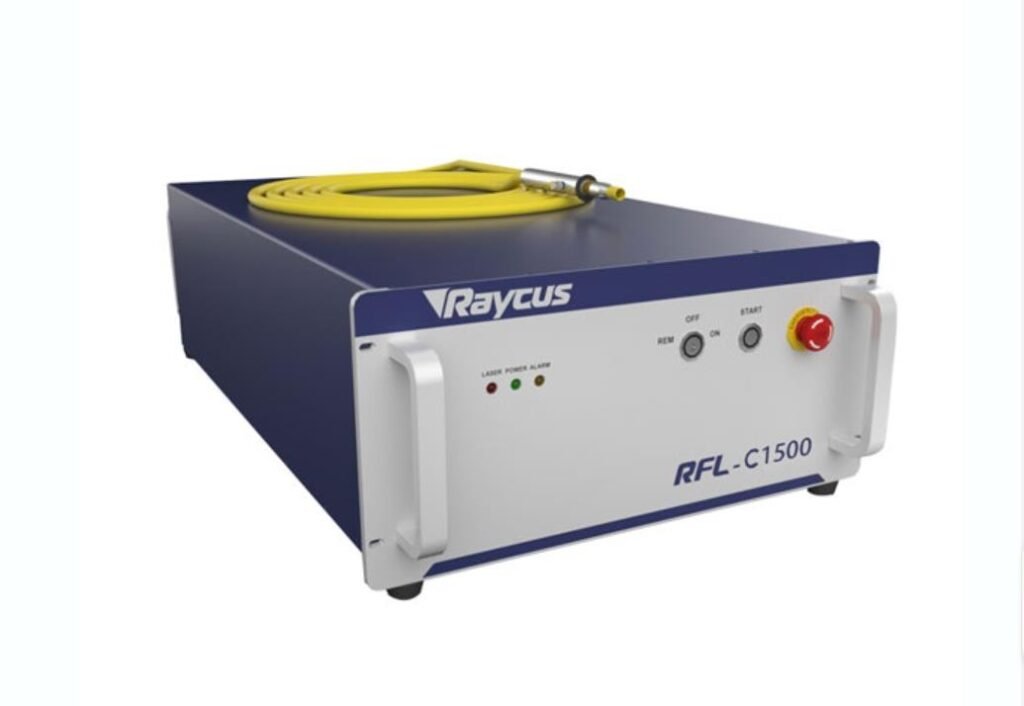
- Fiber lasers are a type of solid-state laser that utilizes optical fibers doped with rare-earth elements as the gain medium. They have a compact design and superior performance compared to other laser types, such as CO2 or YAG lasers.
- Advantages of using a fiber laser include higher beam quality, improved efficiency, longer service life, and reduced maintenance costs.
B. Scanning System
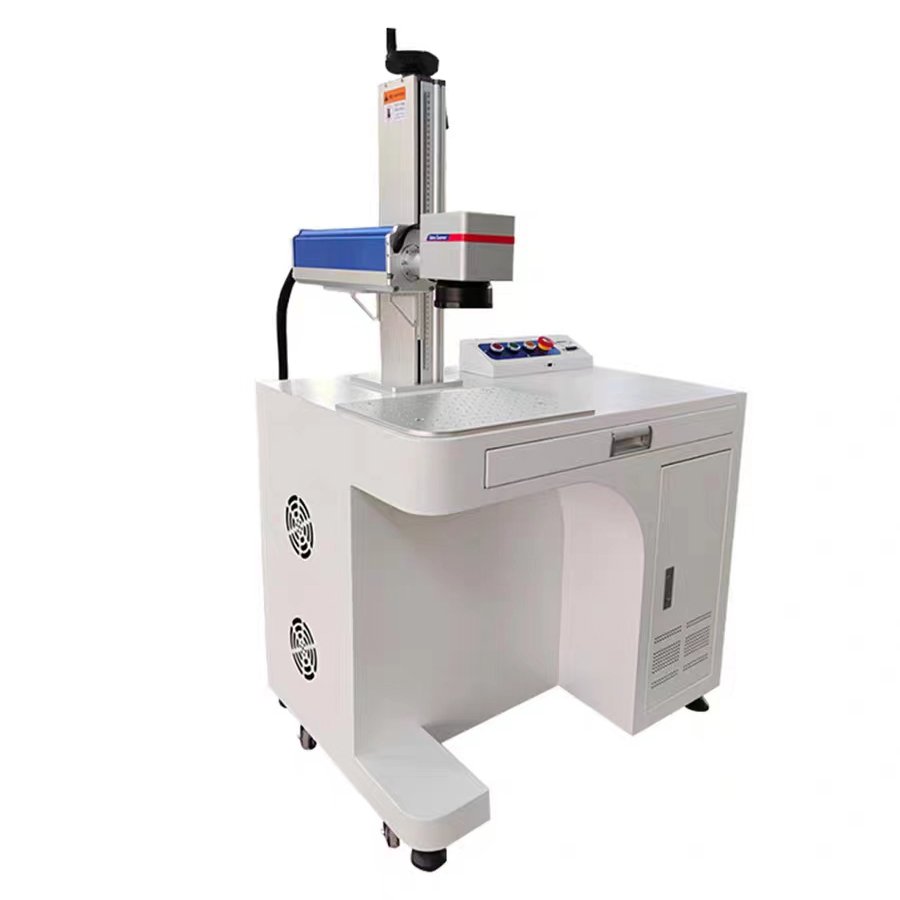
- Galvanometer scanners are used to control the movement of the laser beam across the material surface. They consist of two small mirrors mounted on motor-driven shafts, which quickly deflect the beam with high accuracy.
- The mirrors play a crucial role in determining the marking speed and resolution, making the scanning system an essential component of a fiber laser marking machine.
C. Control Software
- The control software allows users to create and edit marking designs, set laser parameters, and monitor the marking process. It seamlessly integrates with the hardware components and ensures smooth operation.
- User-friendly interfaces and advanced features, such as barcode generation or serialization, are essential for enhancing the overall usability and functionality of the fiber laser marking machine.
III. The Working Process of a Fiber Laser Marking Machine
A. Generating the Laser Beam
- The laser diode generates the initial light, which is then launched into the doped fiber. The diode plays an essential role in pumping energy into the fiber, initiating the amplification process.
- The amplification process involves applying external energy to the doped fiber, causing the electrons to move to higher energy levels. As the electrons return to their original state, they emit photons, leading to a chain reaction that produces a highly coherent and intense laser beam.
B. Modulating the Laser Beam
- Q-switching and pulse control systems modulate the output of the laser beam, enabling users to adjust the pulse duration and peak power according to the specific material being marked.
- It is essential to customize these parameters to achieve the desired marking depth and quality on various materials, such as metals, plastics, or ceramics.
C. Directing the Laser Beam onto the Material
- As the laser beam interacts with the material’s surface, it alters its characteristics, resulting in a permanent mark. The process involves either removing material through engraving or altering its color and texture.
- Different marking techniques, such as engraving, annealing, or ablation, are used depending on the desired appearance and the properties of the material being marked.
IV. Factors Affecting the Quality of Laser Marking
A. Material Properties
- Fiber laser marking is suitable for a wide range of materials, including metals, plastics, ceramics, and even some organic materials. However, not all materials react similarly to the laser beam, and some may require specific techniques for optimal results.
- Understanding the material’s properties, such as its chemical composition, thermal conductivity, and reflectiveness, is crucial for obtaining the best possible marking results.
B. Laser Parameters
- The power, frequency, and pulse duration of the laser beam are critical factors determining the quality of the marking. Choosing the appropriate laser parameters helps produce clean, precise marks with minimal damage to the surrounding material.
- It is essential to balance the speed and quality of the marking process, as increased speed may result in lesser precision or shallow markings.
C. Focus and Positioning
- Proper focusing is essential for achieving high-quality marks. If the laser’s focus is off, the marking may appear blurry or distorted.
- Techniques such as autofocus systems or visual alignment tools can be used to ensure accurate positioning and alignment, resulting in sharp and clear marks.
V. Advantages and Limitations of Fiber Laser Marking Machines
A. Advantages
- Fiber laser marking machines offer high precision and accuracy, with intricate designs and small fonts easily achievable.
- Being a non-contact process, it eliminates the need for consumables and reduces the risk of mechanical damage to the material’s surface.
- Due to their solid-state design, fiber lasers have low maintenance requirements and a long service life, making them a cost-effective choice for industrial applications.
B. Limitations
- The initial investment cost of a fiber laser marking machine can be high compared to traditional marking methods. However, the operational costs and long service life compensate for the high initial cost in the long run.
- There are certain materials or colors that may prove challenging to mark effectively with a fiber laser, necessitating the use of alternative marking methods.
Understanding the working process of a fiber laser marking machine is crucial for proper application and results. As the technology continues to advance, we can expect further improvements in efficiency, versatility, and potential applications. Investing time and effort into mastering fiber laser marking can undoubtedly pay off for businesses requiring precise, permanent, and high-quality marking solutions.

